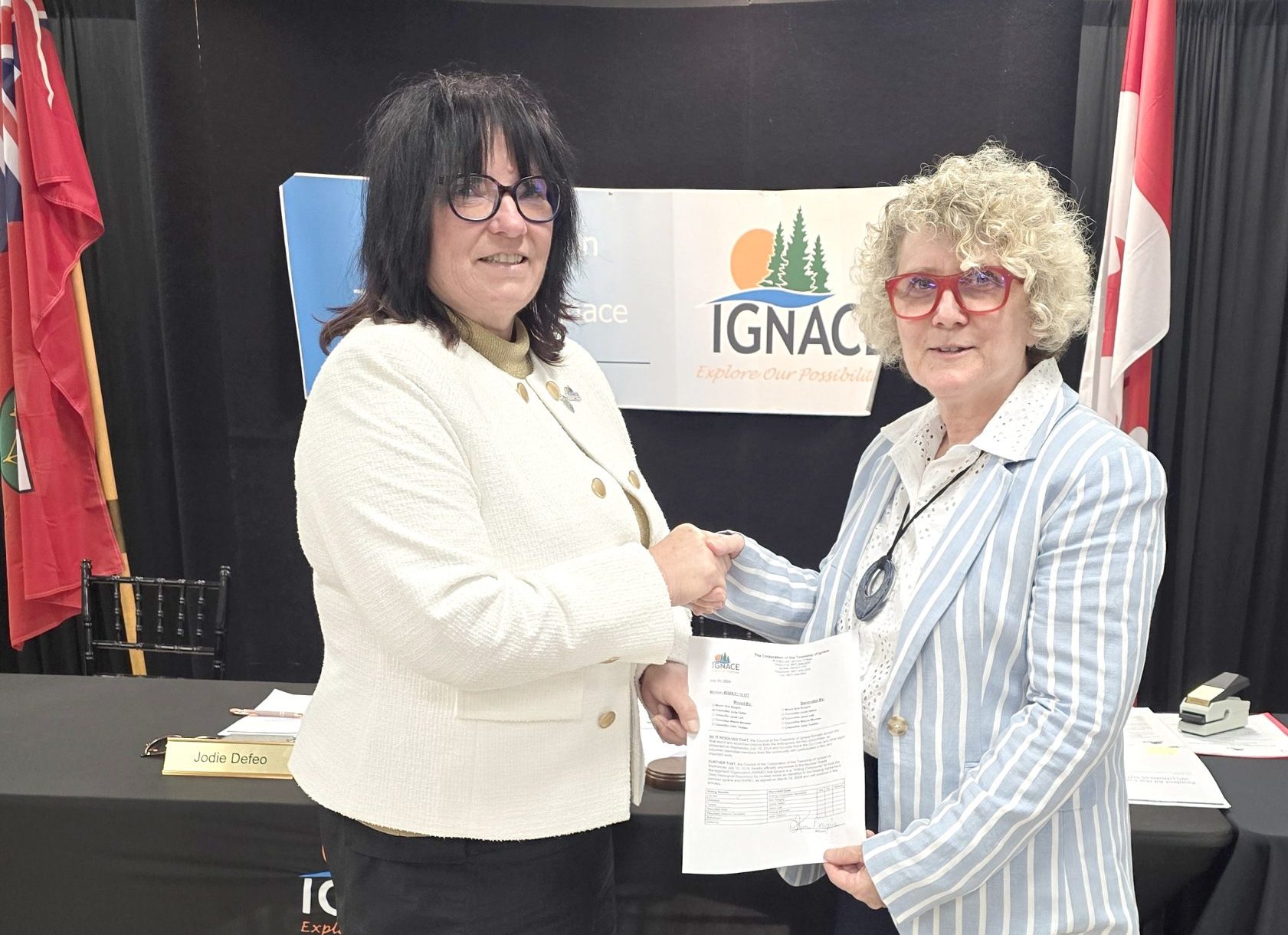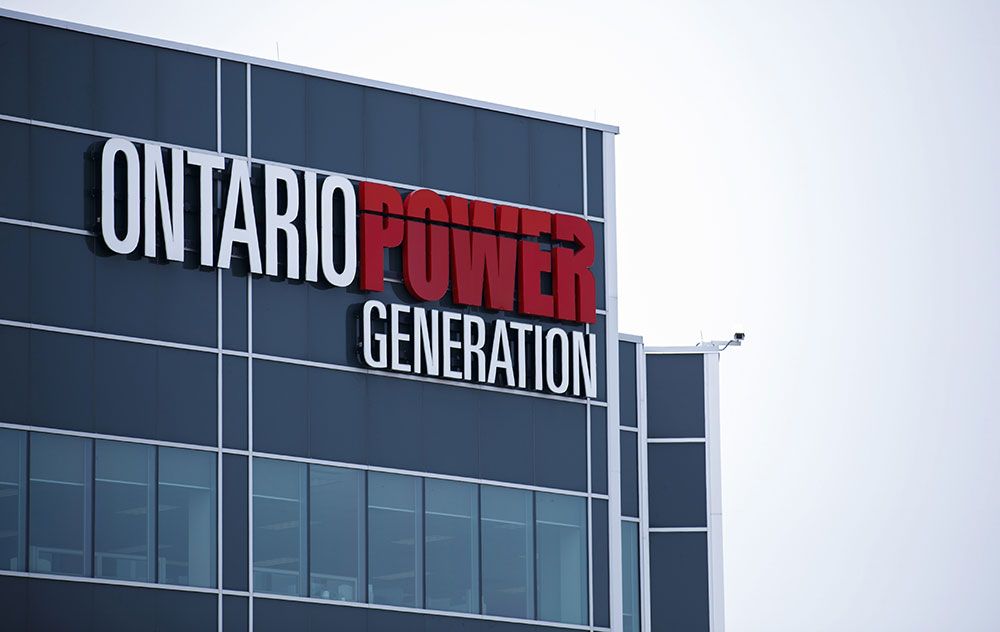rbt
Senior Member
Pickering refurbs of reactor 5 through 8 have been approved and funded.
This is a timeline for Bruce/Darlington refurbishments. It''s not clear when Pickering will start.
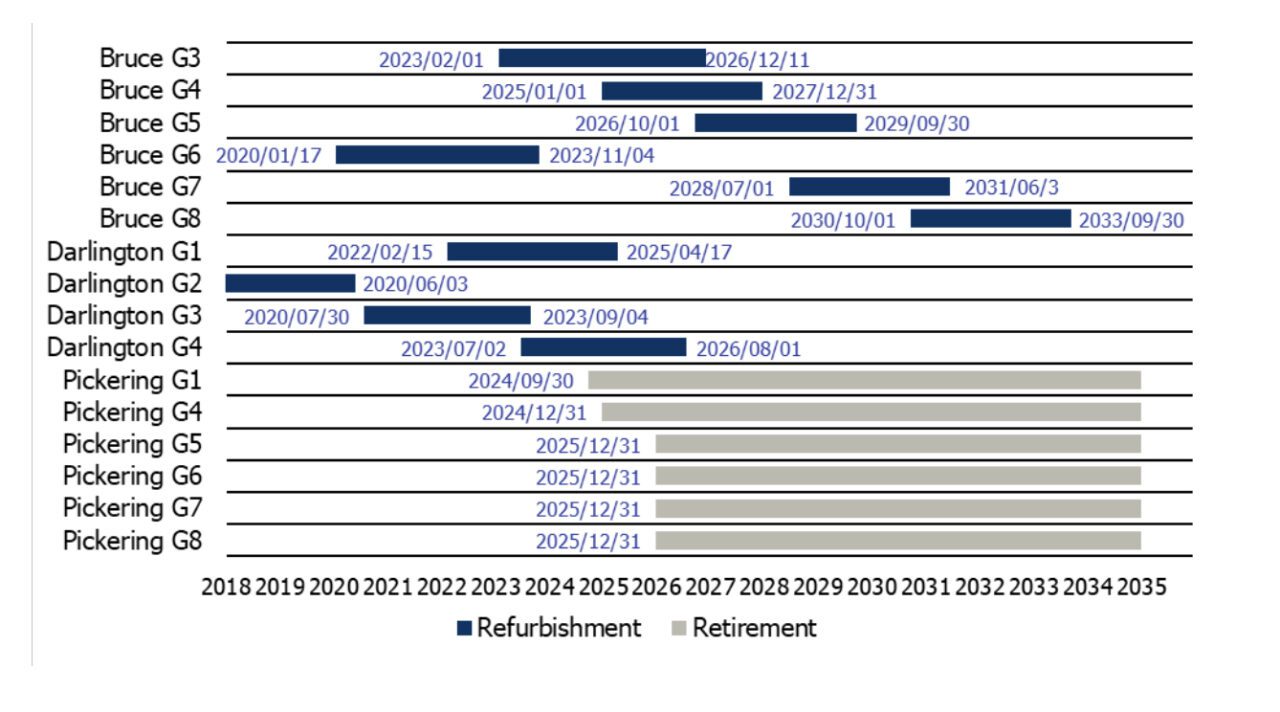
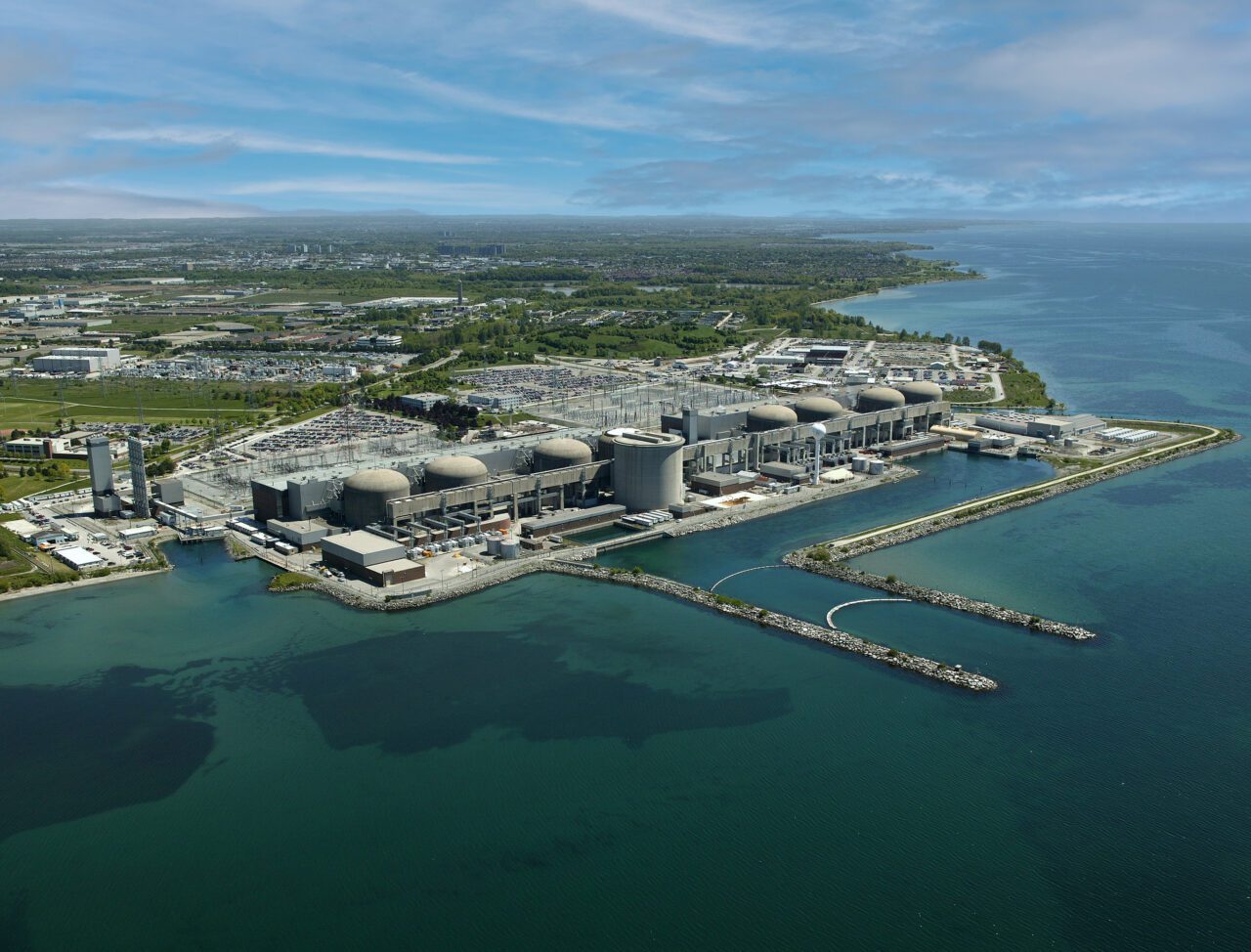
 www.powermag.com
www.powermag.com
I presume this giant stack of Hydrogen which seems to replace natural gas in the 2050 Ontario grid is also somehow related to Nuclear generation: time shifting night nuclear generation to daytime via hydrogen storage.
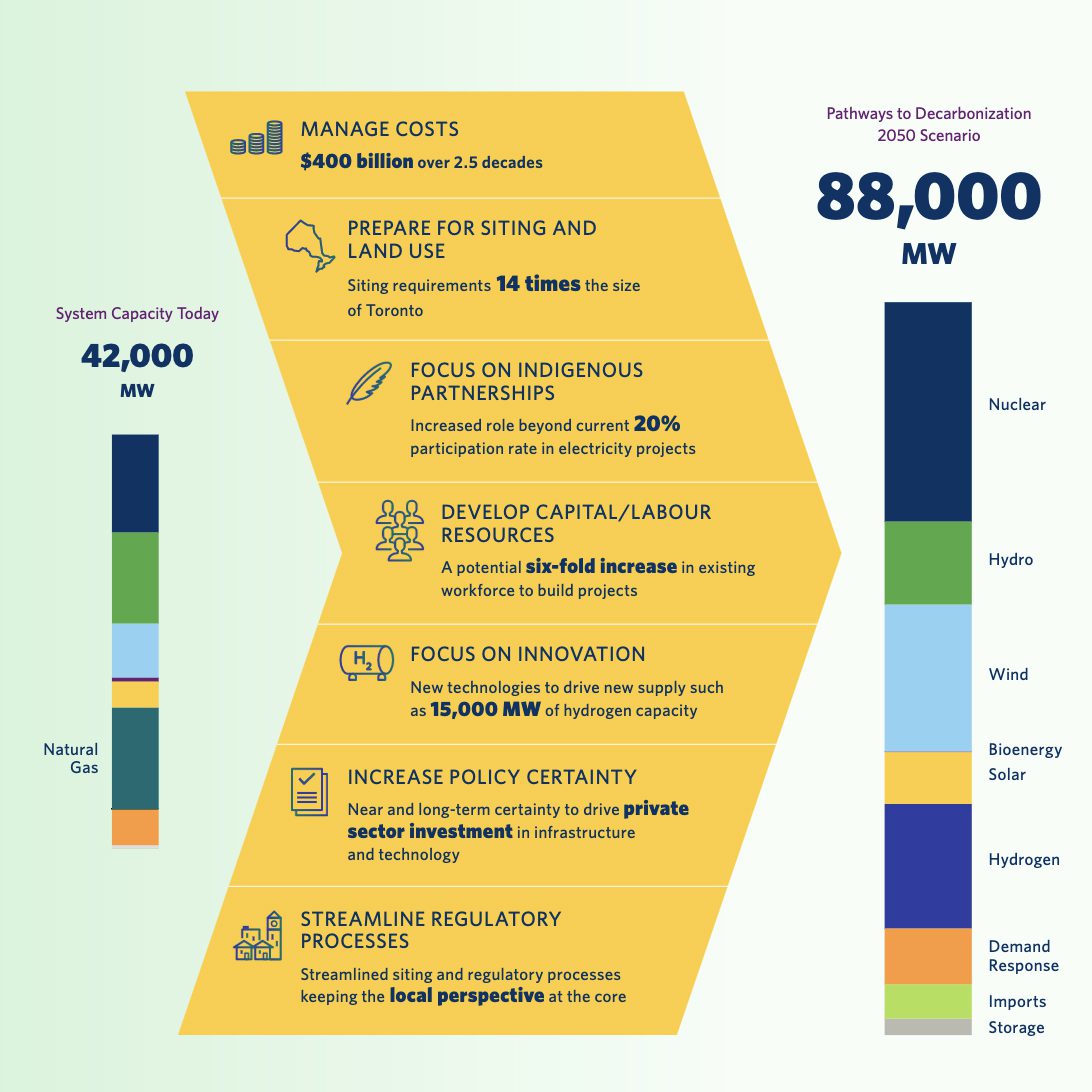
This is a timeline for Bruce/Darlington refurbishments. It''s not clear when Pickering will start.


Ontario Green Lights Nuclear Refurbishment of Pickering CANDU Units
Ontario Power Generation (OPG) will refurbish four units at the Pickering Nuclear Generating Station, Canada’s first major commercial generation plant—
 www.powermag.com
www.powermag.com
I presume this giant stack of Hydrogen which seems to replace natural gas in the 2050 Ontario grid is also somehow related to Nuclear generation: time shifting night nuclear generation to daytime via hydrogen storage.

Last edited:





